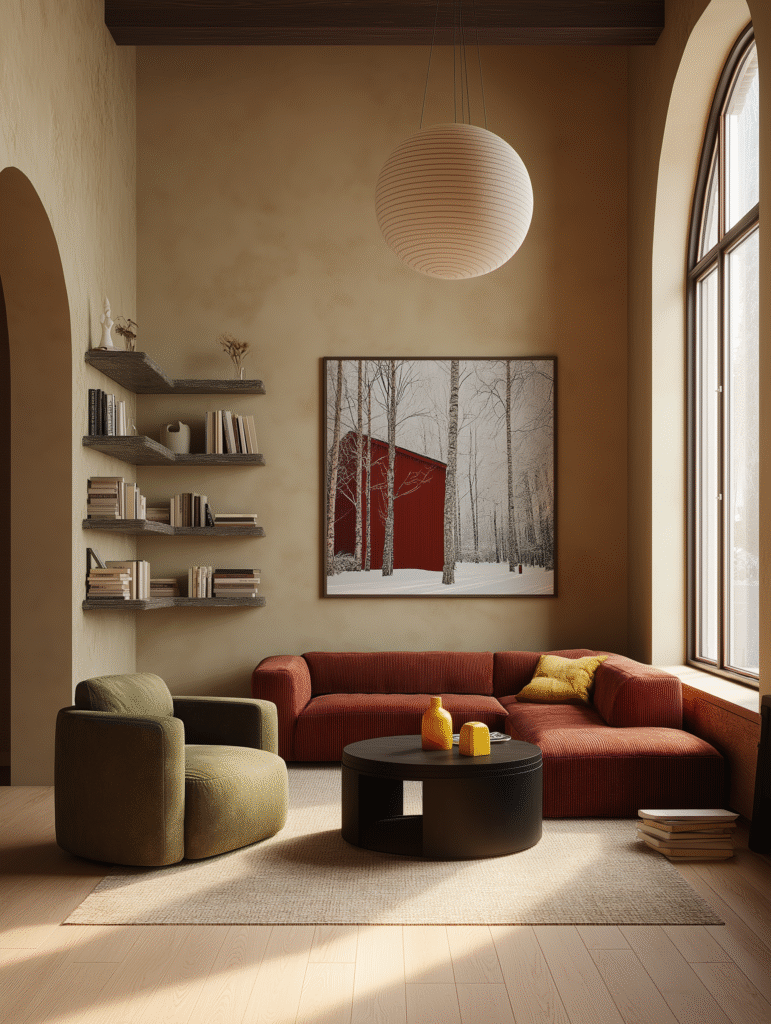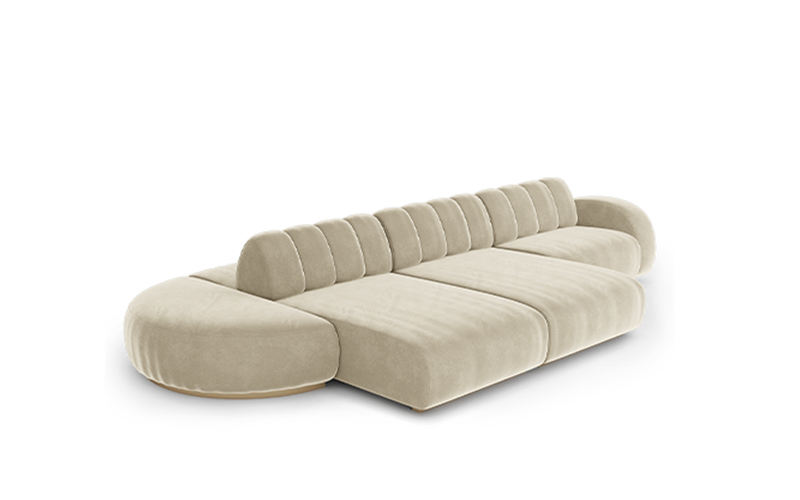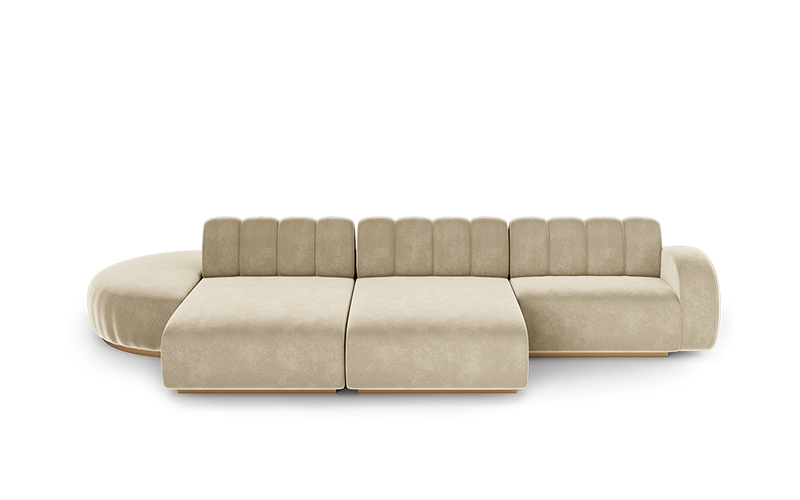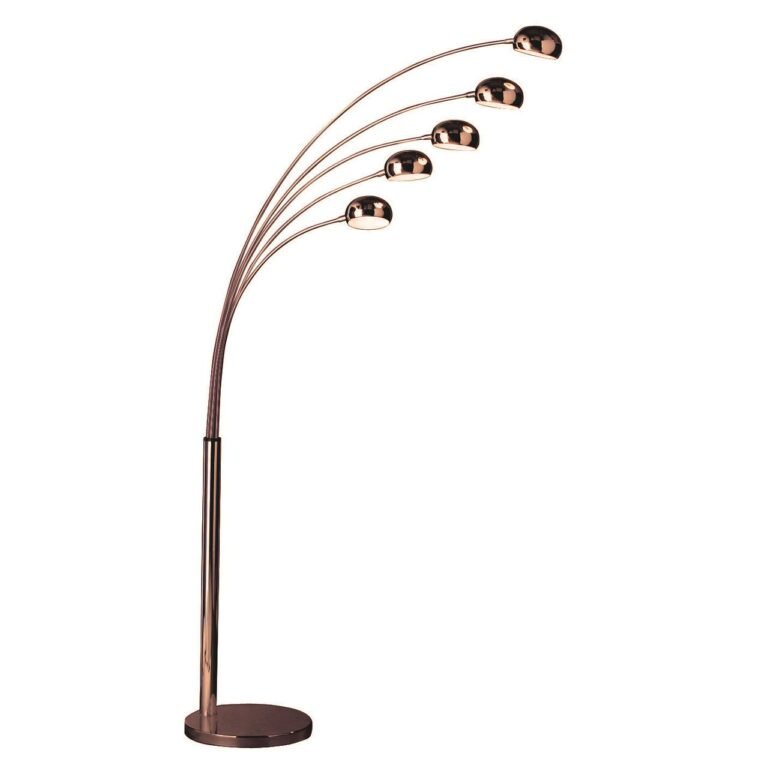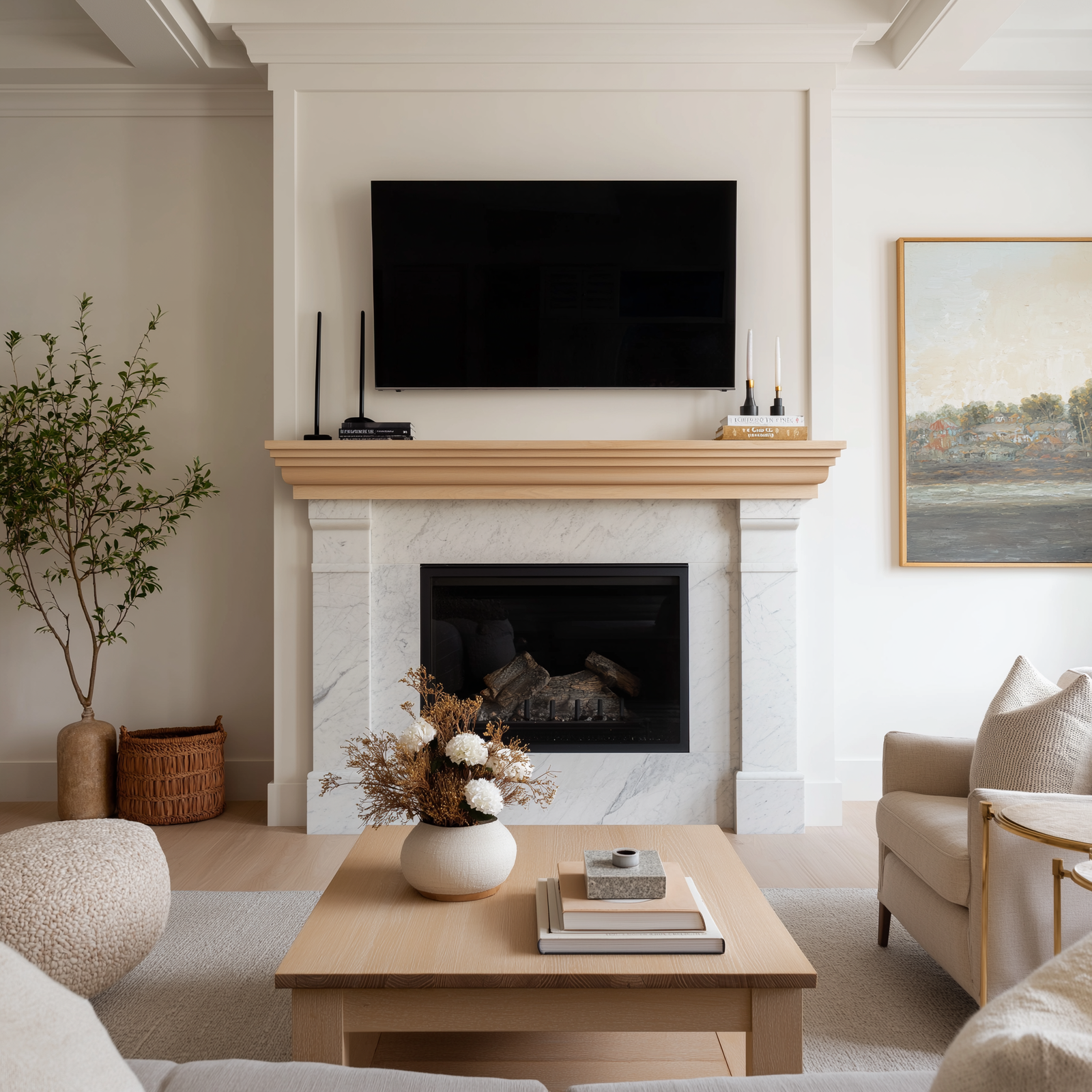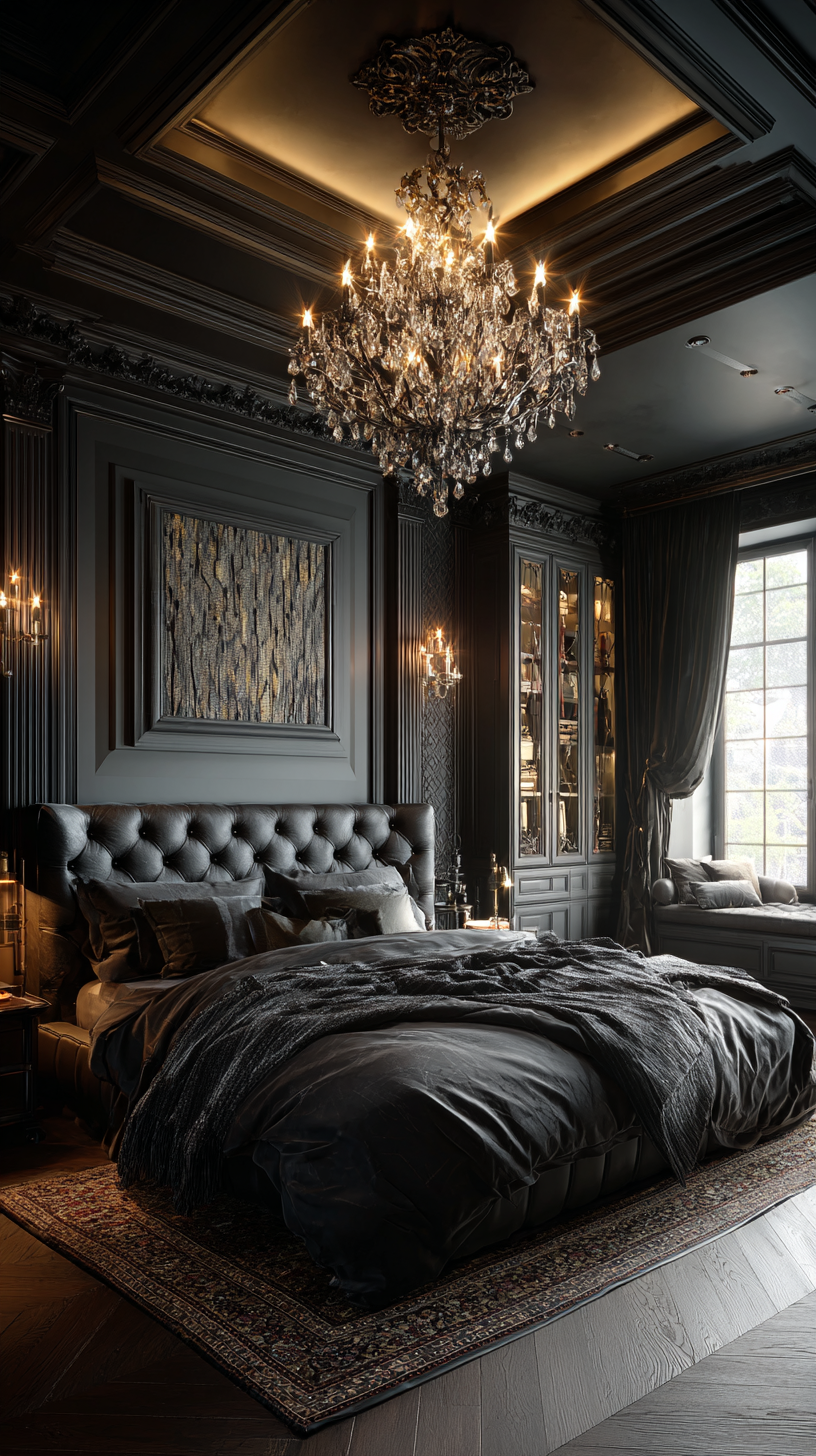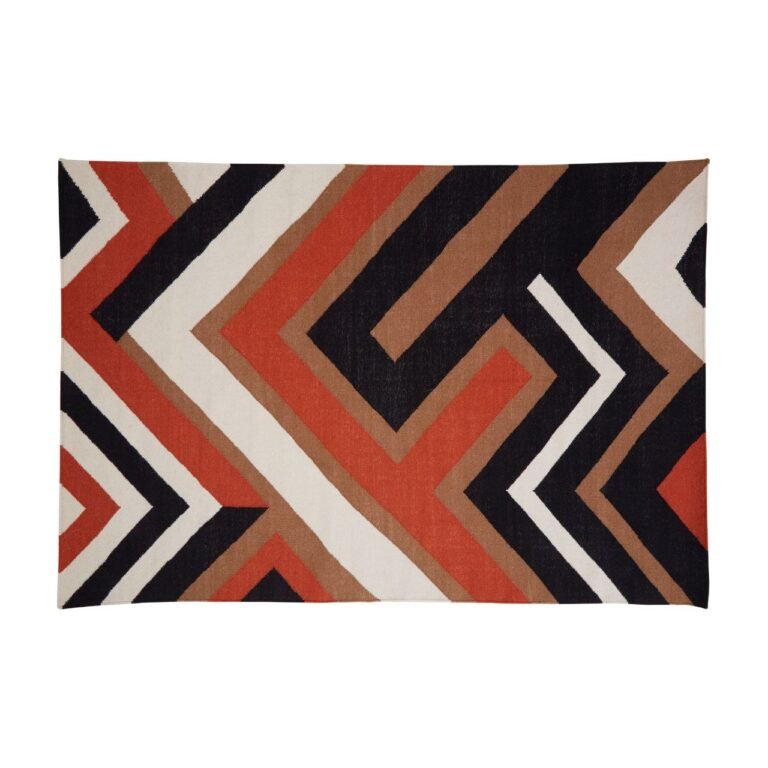Redefining How We Live: The Rise of Modular Furniture
Welcome to your ultimate beginner’s guide to modular furniture—an adaptable, stylish and smart approach to furnishing your home, apartment or workspace. If you’ve been wondering how to create flexible design that can grow and change with your life, then modular furniture is the concept you’ll want to explore. In this blog we’ll cover six insightful subtopics that will give you a deep understanding of modular furniture: what it is, the benefits it brings, how to choose it, how to design with it (space planning), how to maintain and care for it, and finally future-proofing your space with it. Each subtopic will provide practical tips, design inspiration, and real-world considerations so you can confidently choose modular furniture that suits your lifestyle.
Here’s a quick look at the subtopics we’ll dive into:
What is Modular Furniture? – Define modular furniture, its characteristics and how it differs from traditional furniture.
Why Choose Modular Furniture? — Key Benefits – Explore the wide-ranging advantages of modular furniture including flexibility, sustainability and cost-effectiveness.
How to Choose Modular Furniture – Guide you through selecting modular furniture pieces, considering materials, modules, configuration and budget.
Designing Your Space with Modular Furniture – Tips for planning layout, combining modules, adapting to small or large rooms, and switching configurations.
Care, Maintenance & Longevity of Modular Furniture – Show how to care for modular furniture, adjust modules over time, storage, durability and resale.
Future-Proofing Your Home with Modular Furniture – Discuss how modular furniture supports lifestyle changes, moves, growth, and evolving design trends.
By the end of this post, you’ll have a comprehensive beginner’s toolkit: what modular furniture is, why it’s a smart choice, how to pick it, how to design with it, how to maintain it and how it can serve you long term. Let’s get started.
-
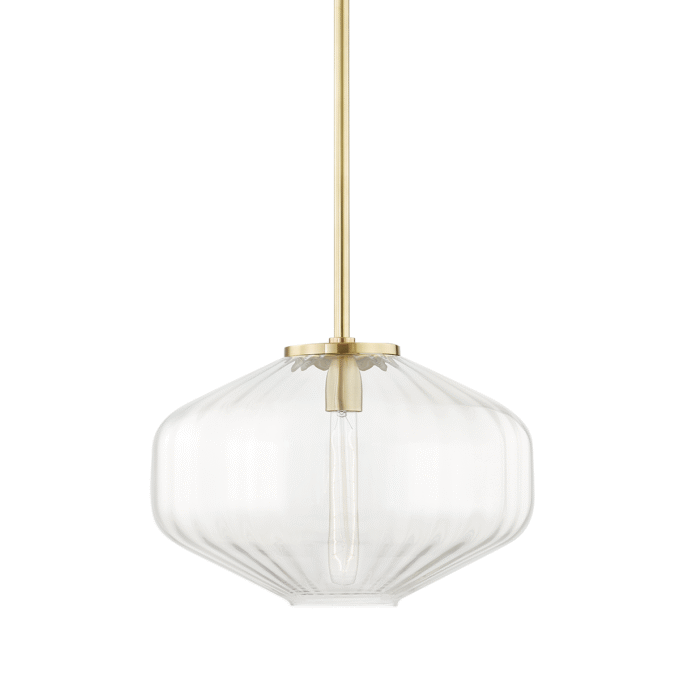
Bennett Pendant
£828 Add to cart -
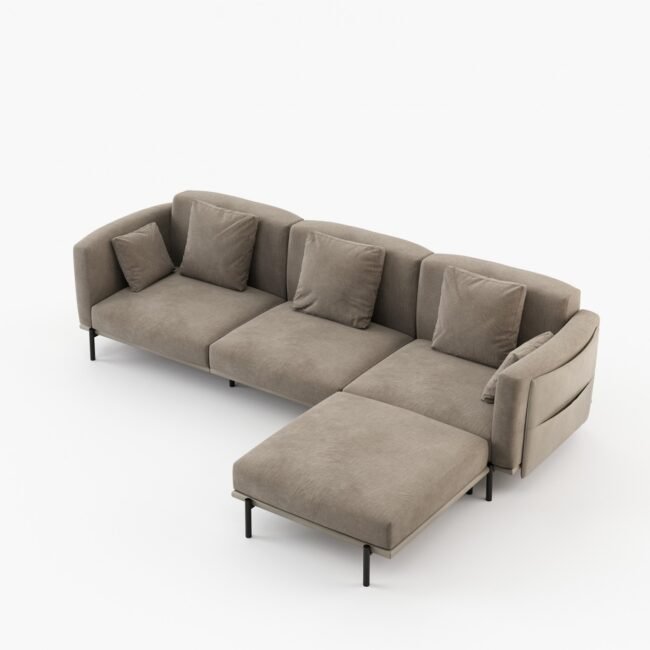



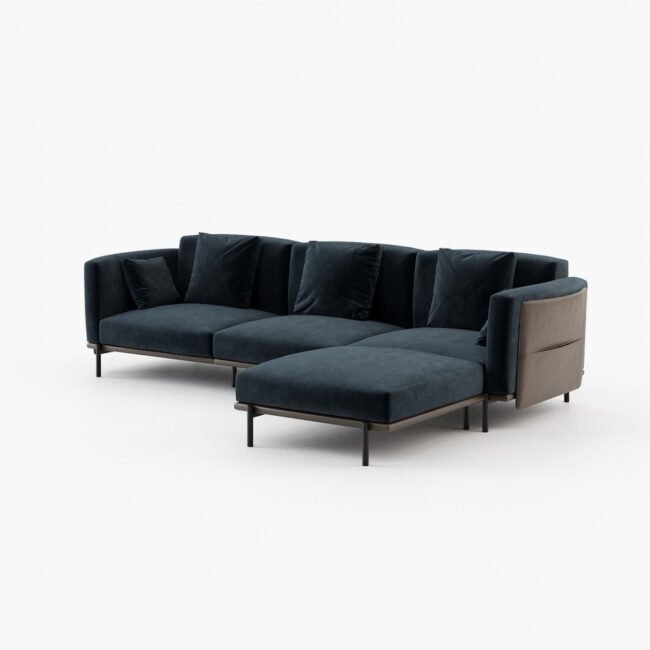

Foster Sofa Modular with Chaise
£9,669 – £14,038Price range: £9,669 through £14,038 Select options This product has multiple variants. The options may be chosen on the product page -
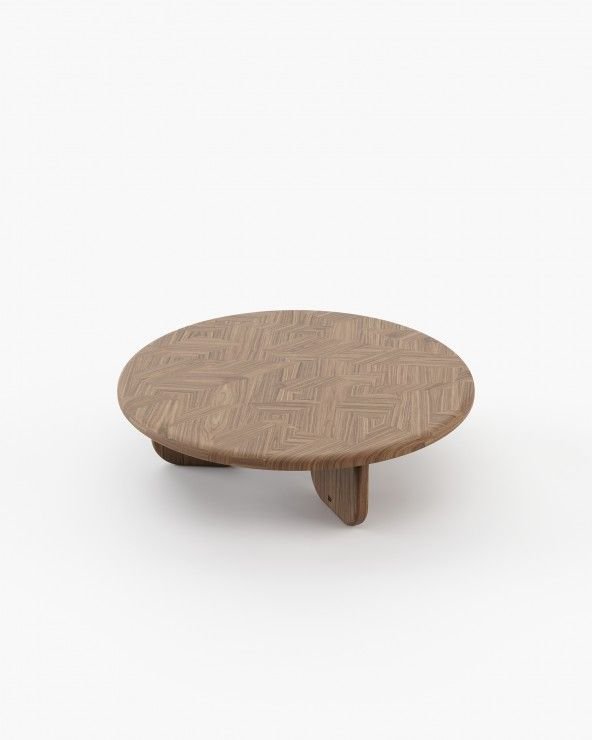
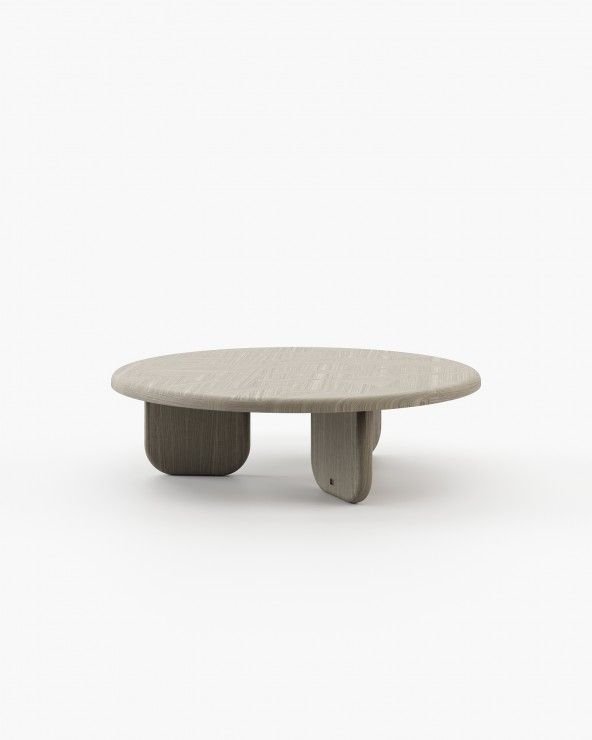
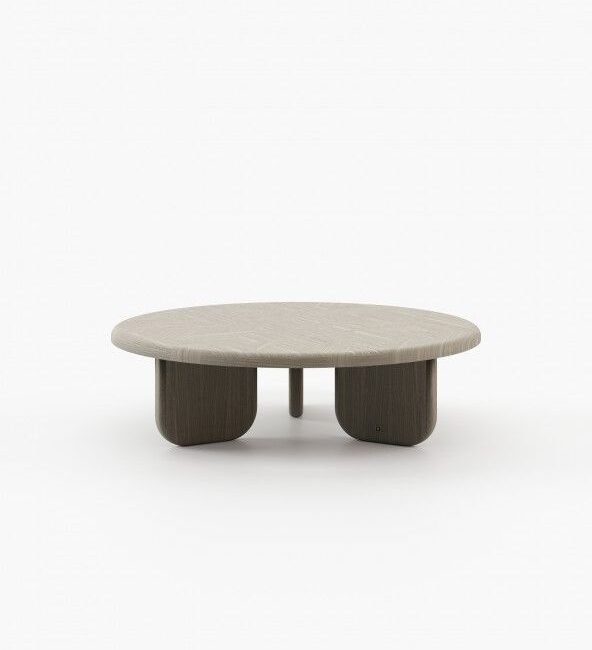
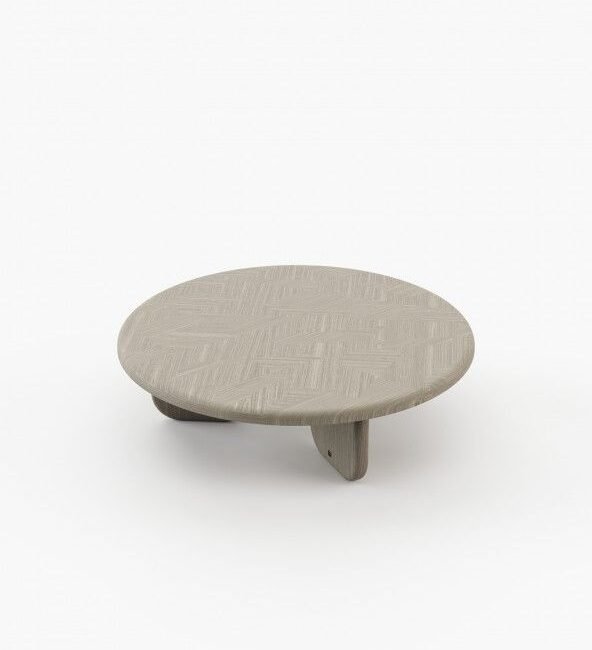
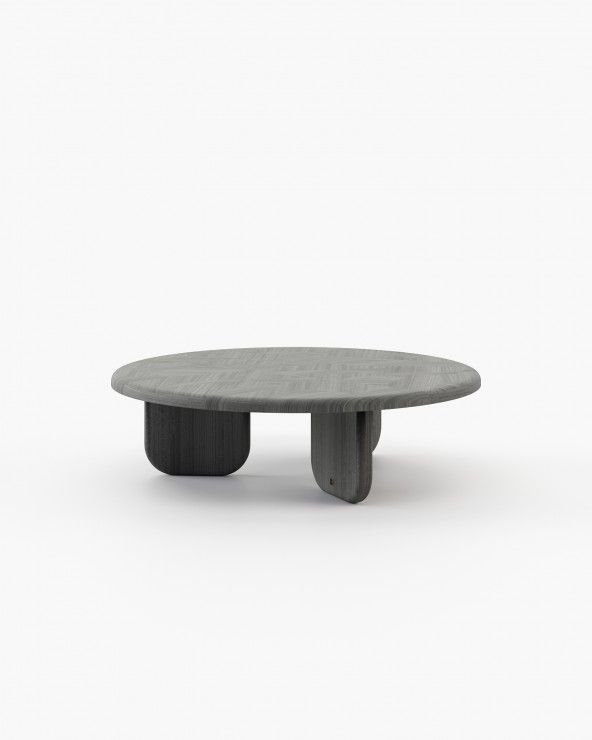
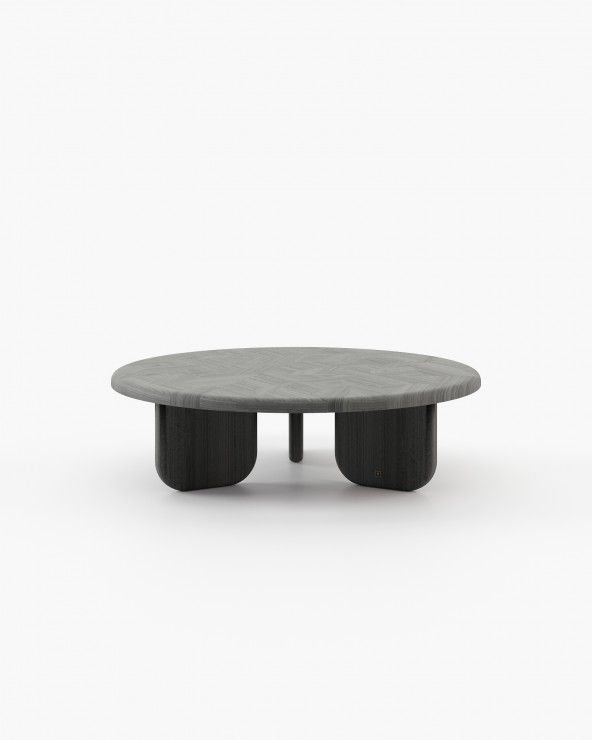

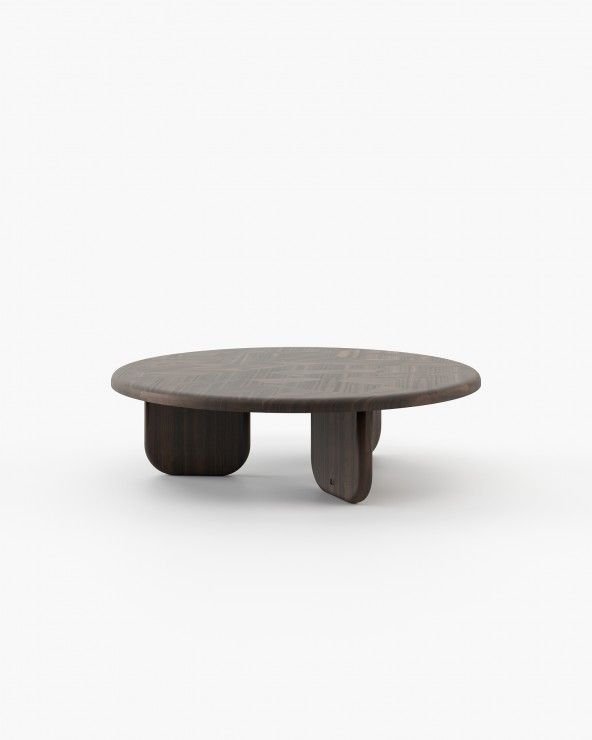
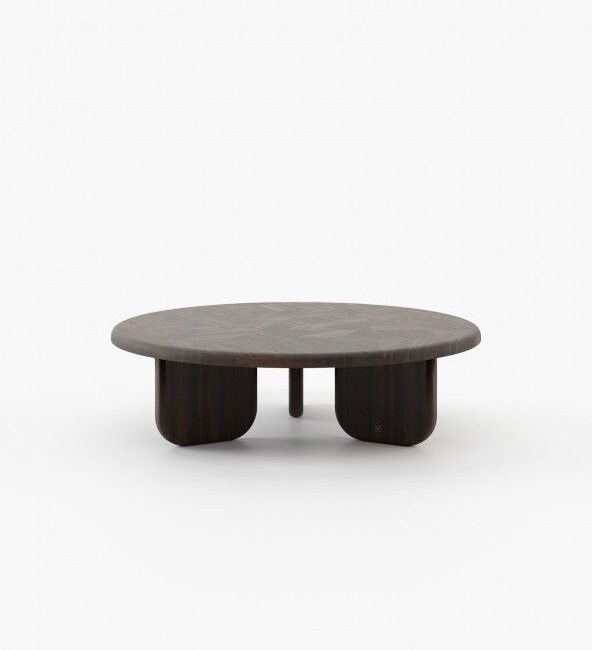
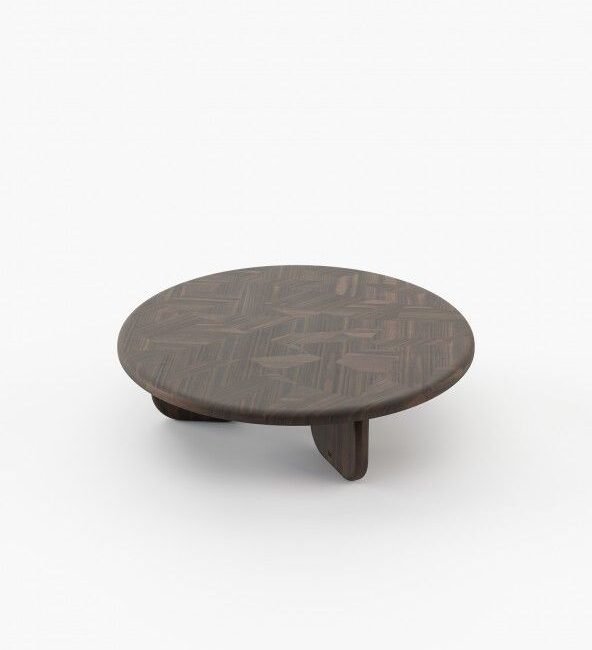
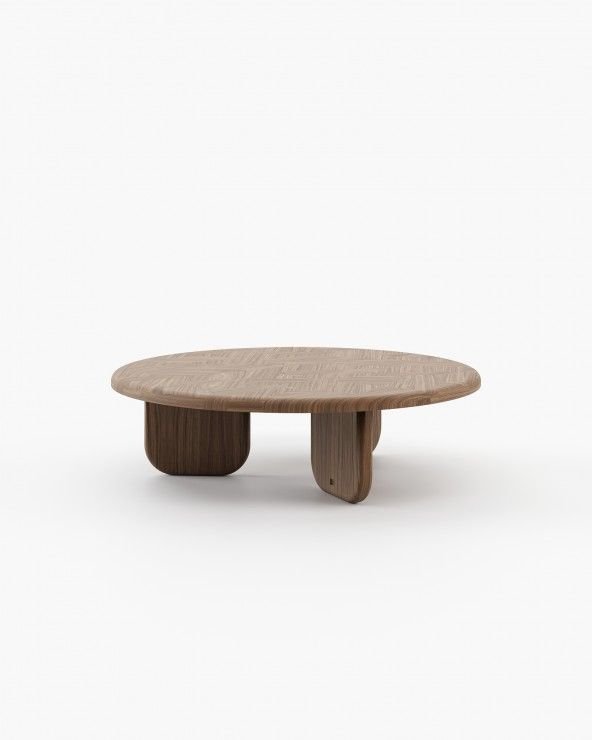
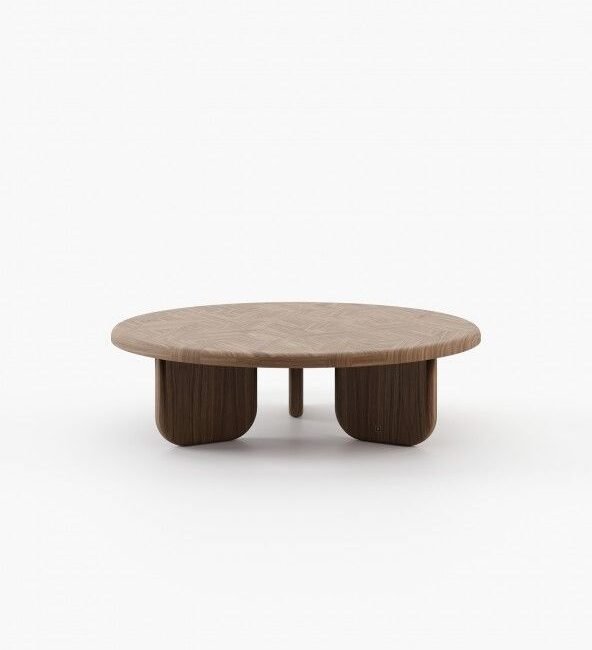


Williams Coffee Table
£3,027 – £3,700Price range: £3,027 through £3,700 Select options This product has multiple variants. The options may be chosen on the product page
What Is Modular Furniture?
When diving into the world of flexible interiors, it all begins with understanding what modular furniture really means. At its heart, modular furniture refers to pieces that consist of multiple individual “modules” or units which can be combined, rearranged or substituted to create different configurations within a space. Rather than being a static, one-off sofa or fixed bookcase, modular furniture gives you building blocks.
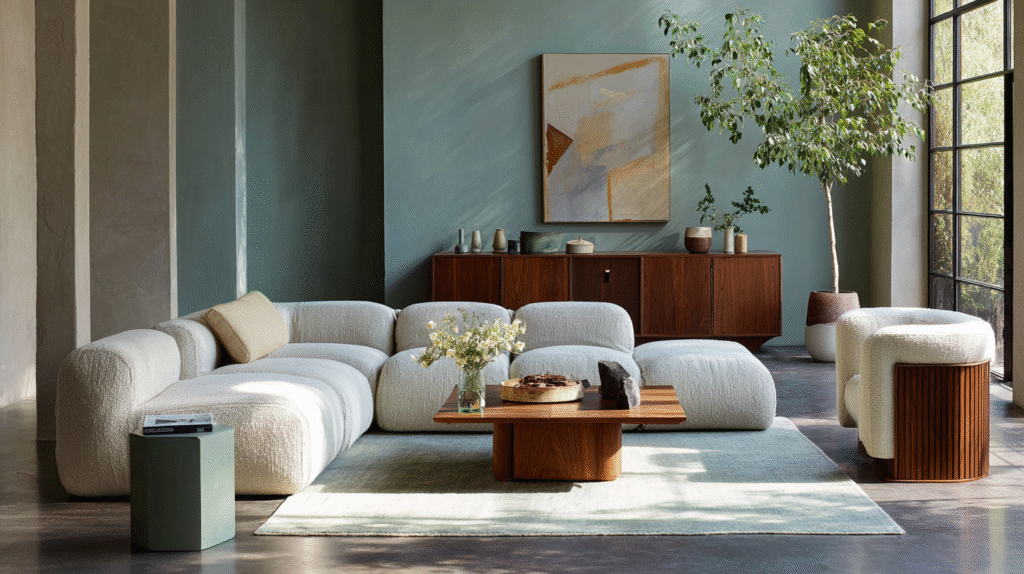
Defining Characteristics
Modules designed to interlock, connect or work together so you can build a larger system (for example a sectional sofa made up of separate units).
The ability to rearrange or adapt the modules to change the layout: you might split a sofa into two chairs, extend it into an L-shape, or change orientation.
Configurability over time: you can add modules, remove modules, or repurpose them for a different function.
Flexibility in sizing and form: especially useful for irregular or evolving spaces. For example, modular furniture for a small apartment may start compact and grow later.
Often designed with ease of assembly/disassembly, storage and transport in mind.
How It Differs from Traditional Furniture
Traditional furniture tends to be fixed in its form: a sofa is a sofa, a table is a table, and changing it means buying something new. With modular furniture, you’re buying a system rather than a single piece. This means greater adaptability: the modules can be reconfigured rather than replaced. As one article explains: “modular furniture can be easily reconfigured according to the needs of any given moment… one space can be used for multiple purposes throughout the day.”
Why This Matters for Beginners
Understanding the modular furniture concept helps you shift your mindset: instead of “buying furniture that fits now”, you can “invest in a modular solution that adapts”. For beginners, this is an empowering idea because your needs may change (career, family, space, style) and modular furniture gives you flexibility rather than locking you in. For example: a shelving system that can become a room divider, or a modular sofa that can add a chaise later.
Real-Life Examples
A modular sectional sofa where you buy 3 units now but can add 2 next year to create more seating.
A modular storage system where you purchase stackable cubes and can expand or reconfigure to fit a new space.
Outdoor seating modules that link together but can be separated when you host guests. One blog noted that modular furniture allows rearranging for small terraces or large spaces alike.
In short: modular furniture is about flexible design, adaptability, and future-readiness. With that foundation, let’s explore why choosing modular furniture may be one of the smartest decisions for your space.
Why Choose Modular Furniture? — Key Benefits
Once you understand what modular furniture is, the next question is why you should choose it. Here are the key reasons modular furniture stands out—and how these benefits play into a beginner’s design strategy.
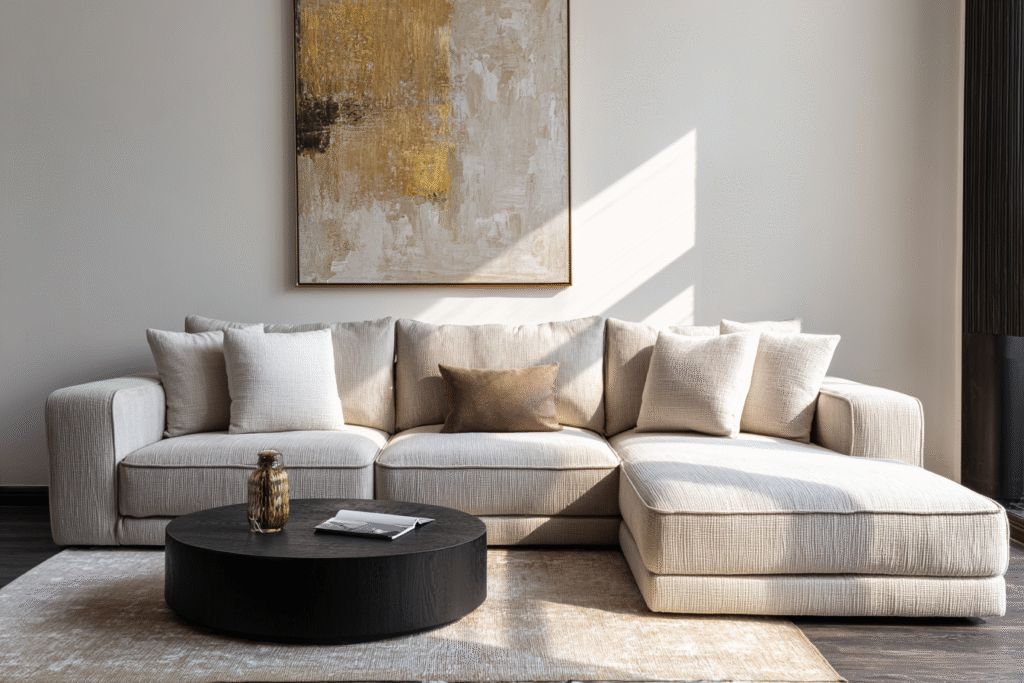
Flexibility and Adaptability
The most compelling benefit of modular furniture is its flexibility. Whether you move, change the layout, or simply refresh the look, modular furniture can be rearranged rather than replaced. One article notes: “Whether you’re outfitting a cozy apartment or a bustling family home… modular furniture delivers unmatched flexibility and adaptability.”
Space Optimization
Modular furniture helps make the most of your available space. Particularly in smaller homes or apartments, being able to adapt furniture to fit nooks, switch orientation, or fold away modules is a game-changer. From the article: “Modular furniture allows you to use every corner of your room.”
Cost-Effectiveness and Longevity
While the upfront cost may be comparable or sometimes higher, modular furniture often pays off through longevity and scalability. Instead of buying new furniture when your space changes, you add or adapt modules. A blog highlighted: “The cost savings can be significant… furniture pieces can be added or removed from existing modular pieces.”
Sustainability
In an era when sustainability matters, modular furniture offers ecological advantages: fewer replacements, less waste, and sometimes recycled materials. As one source puts it: “Another major benefit is its sustainability… investing in pieces that can adapt and grow with you reduces the need for frequent replacements.”
Aesthetic Versatility
Contrary to old perceptions that modular furniture is industrial or bland, today many modular systems are sleek and stylish. You can customize modules in materials, colours, finishes—to match your décor. From one blog: “Modular furniture is available in myriad colours, designs, sizes and more.”
Future-Proofing Your Lifestyle
Because your needs may change—new job, move, family expansion—modular furniture allows you to adapt without starting over. This benefit is especially strong for beginners who want to invest smartly. One article emphasises that modular design is “future-proof” because it can adapt to changing environment, tech, work styles.
Summary of Benefits
In short:
Modular furniture = flexibility + adaptability
Makes better use of space
Can save money over time
Is environmentally responsible
Offers aesthetic options
Adapts as your life evolves
For anyone new to interior design—especially on a budget or in a changing lifestyle—modular furniture is a strategic choice. Next, we’ll explore how you choose the right modular furniture for your space.
How to Choose Modular Furniture
Now that you’re aware of the advantages, the next step is how to choose modular furniture that works for you. Whether you’re furnishing your first apartment, redesigning a living room, or planning a home office, here are key criteria and practical tips to guide your selection.
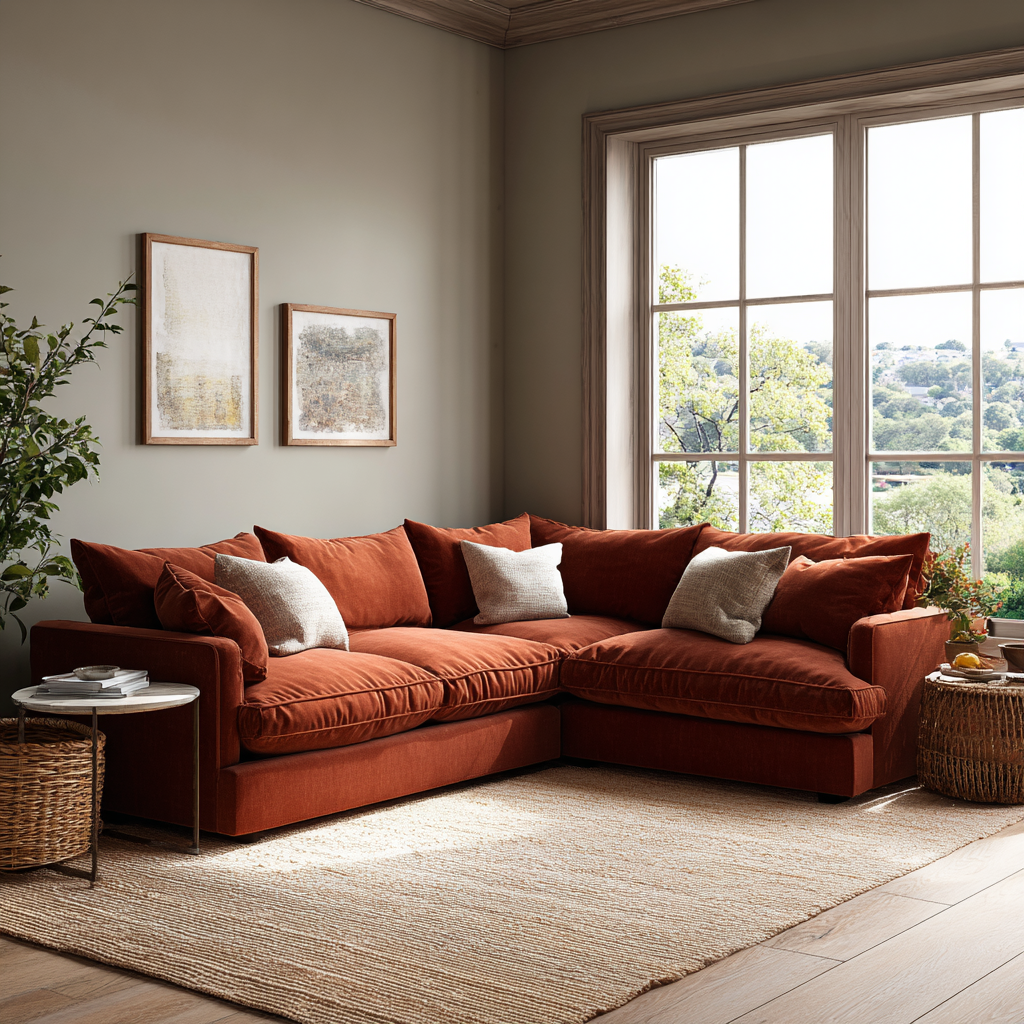
Assess Your Space & Needs
Start by measuring the room(s) you’re working with—length, width, ceiling height, doorways, windows, fixed elements. Since one of the advantages of modular furniture is adaptability, you’ll want to plan for immediate and future use. Ask yourself:
Will my layout change (e.g., new roommate, kids, home office)?
Do I need multi-function modules (e.g., storage + seating)?
What traffic flows or usage patterns will I need to accommodate?
These considerations help you pick a modular system that can evolve rather than be replaced.
Define the Module Types & Configurations
Modular furniture comes in many forms: sofas with separate units, storage cubes, shelving systems, outdoor seating, room dividers. When choosing, look for:
Modules that link or separate easily.
Systems that allow adding components later.
Compatibility—same brand or series so modules align in finish and size.
Flexibility in orientation: modules that can switch from e.g., sofa to bed, or desk to meeting table.
Sources highlight that modular furniture’s value lies in being “easily reconfigured according to the needs of any given moment.”
Consider Materials, Durability & Quality
Since you’re aiming for longevity, choose modular furniture made of sturdy materials: solid wood frames or quality engineered boards, robust connectors, good upholstery or finishes. Ask about warranties. Some trade-offs: highly configurable systems might cost more upfront. One blog warned: “affordability … modular furniture is known for being expensive.” autonomous Balance quality, brand reputation and budget.
Style, Aesthetic & Finish
Your modular furniture should match your overall interior style—minimalist, Scandinavian, industrial, boho. Look for modules that have finishes compatible with your décor and allow flexibility in future combinations. Many sources emphasise this aesthetic versatility: “Available in myriad colours, designs, sizes.”
Budget & Scalability
Set your budget and think long-term: buying a modular system means you may add modules later, so ensure your budget allows for expansion if needed. Also consider cost of shipping/assembly: some modular units are easier to transport than large fixed pieces. One source highlighted ease of assembly/disassembly.
Brand, Manufacturer Support & Resale
Choose reliable brands/manufacturers that offer spare modules or replacement parts. Since modular furniture is designed to adapt, you’ll appreciate being able to buy an extra module later. Also explore resale possibilities: some modular units retain value because of flexibility.
Final Checklist
Measure and assess your space & future needs
Identify the module types you’ll use
Check compatibility, add-on potential
Choose quality materials and finishes
Match style and budget
Select a brand with good after-sales support
With these criteria in mind, you’ll be ready to design your space with modular furniture—next up we’ll look at how to put it all together.
Designing Your Space with Modular Furniture
With your modular furniture chosen, the most exciting part begins: designing your space. This is where flexible design comes alive—mixing form and function, rearranging as needed, and creating a home or work environment that adapts with you.
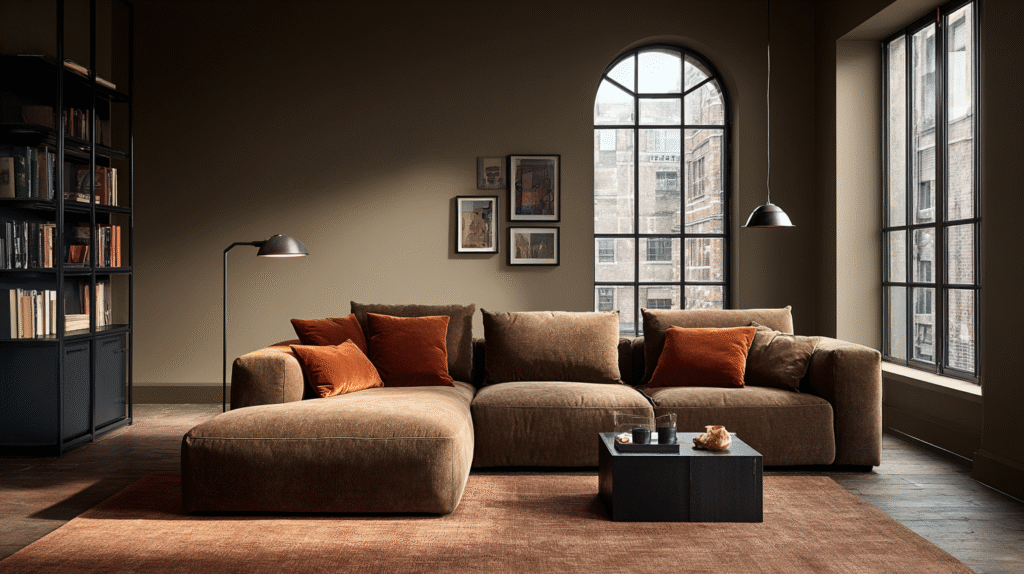
Layout & Planning
Start with a floor plan—either on paper or digital. Mark fixed features (windows, doors, heating vents) and note clear pathways. Then imagine how your modular furniture modules will sit and move. Because modular furniture allows flexibility, you can plan multiple configurations: for everyday use, for entertaining guests, for work-from-home scenarios. For example: a modular sofa could face the TV for family time, then be reconfigured into two chairs for a social setting.
Zone Creation & Multifunctionality
Modular furniture works especially well for multifunctional zones. In an open-plan space you might use a modular shelving unit as a room divider. Or a modular sofa with attached storage modules. The benefit of modular furniture is that you can adapt it to different times of day and purposes. One blog emphasises that “one space can be used for multiple purposes throughout the day.”
Small Space Solutions
If you’re working with a smaller room (studio apartment, urban home), modular furniture is especially helpful. Modules designed to fit corners, slide underneath platforms, stack or separate help make the most of every inch. The blog from Ashley Furniture notes that modular furniture maximises space and provides solutions for tricky layouts. For example: choose a modular sofa without full arms so it tucks into a narrow area, or modular storage that climbs upward instead of outwards.
Reconfiguration & Flexibility
One of the major design wins with modular furniture is the ability to change your layout over time. Perhaps tomorrow you host a movie night, next week you need a workspace. Because you selected modules that can be re-configured, you can shift your arrangement. That adaptability is one of the core features of modular furniture.
Aesthetic Cohesion & Finishing Touches
Even though modular furniture emphasises flexibility, your space still needs visual cohesion. Use consistent finishes, complementary colours, and modules that work in series. Consider adding accent modules (e.g., a chaise, a side table) from the same collection so they visually belong. Style with cushions, throws, plants, textured accessories to soften modular units.
Tips for Beginners
Use grid-based planning: many modular systems come in standard module sizes. Embrace this grid when placing modules.
Leave breathing room: modular furniture doesn’t mean you fill every inch; leave walking paths and negative space so the design doesn’t feel cramped.
Visualise future changes: when selecting modules, think ahead—will you add seating? Convert for another function?
Play with orientation: modules that look good in one orientation should still look good when flipped, so choose modular furniture with reversible or modular-friendly design.
Experiment in 3D: if possible, use software or apps to place modules, so you can preview different configurations before commit.
Designing your space with modular furniture is a journey—not a one-time decision. With smart planning and the right modules, you’ll enjoy a flexible environment that evolves with you. Next, let’s speak about care and maintenance, because modular furniture is only as good as how you treat it over time.
-

Addox Coffee Table
£170 Add to cart -

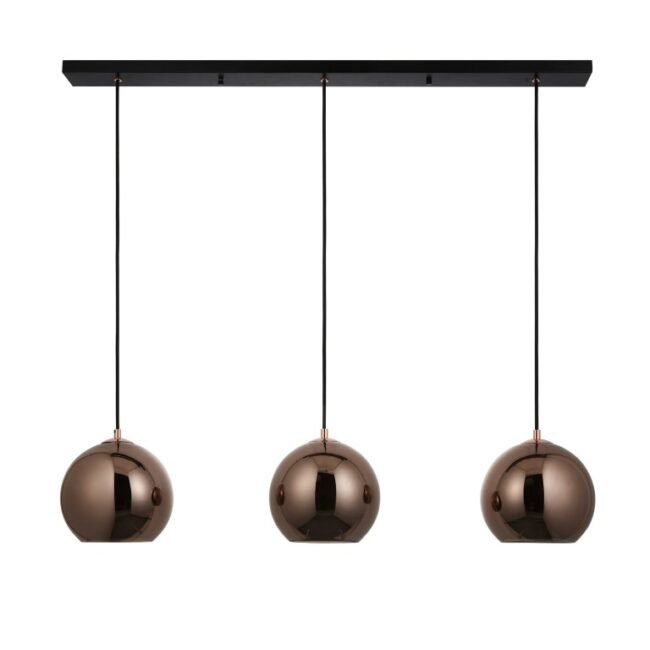

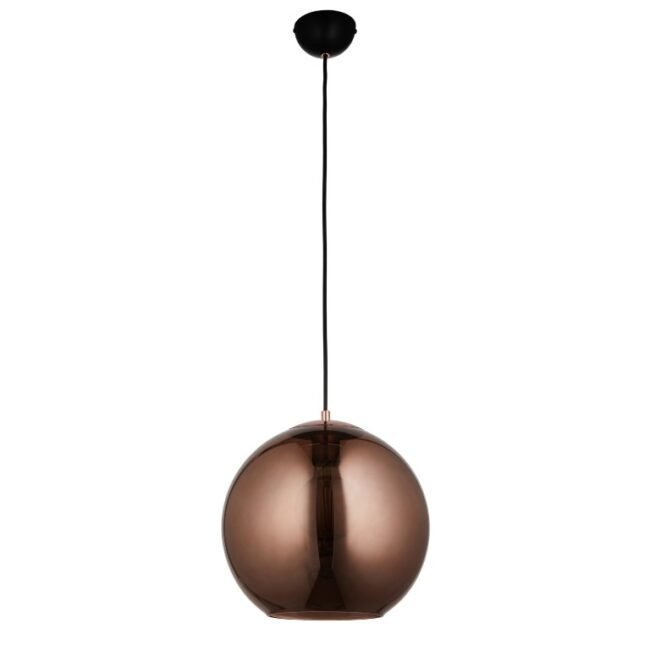
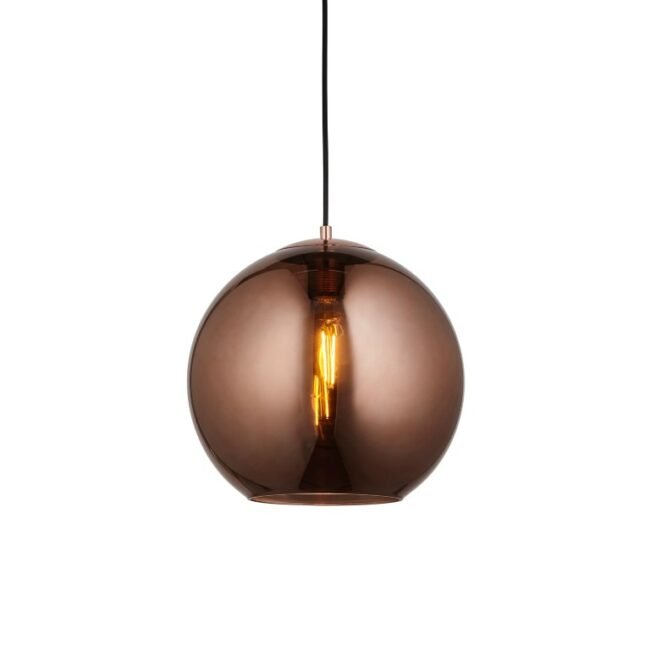


Boliet Pendant Light
£98 – £180Price range: £98 through £180 Select options This product has multiple variants. The options may be chosen on the product page -
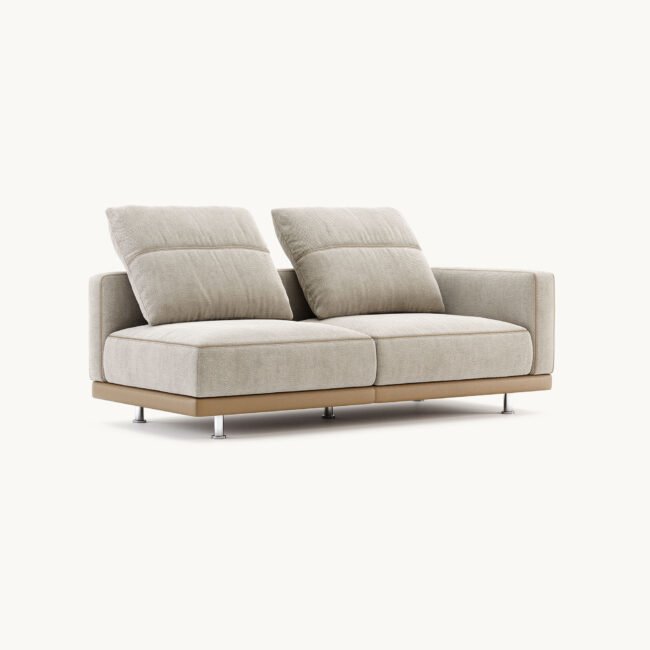
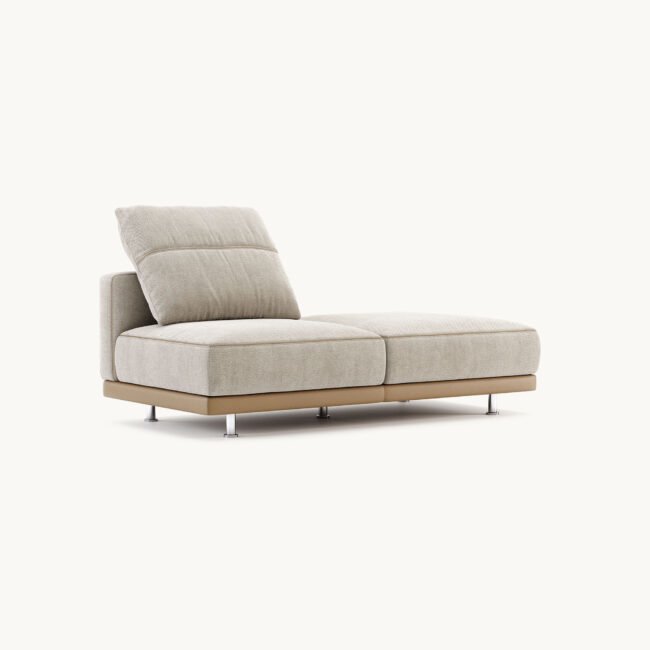

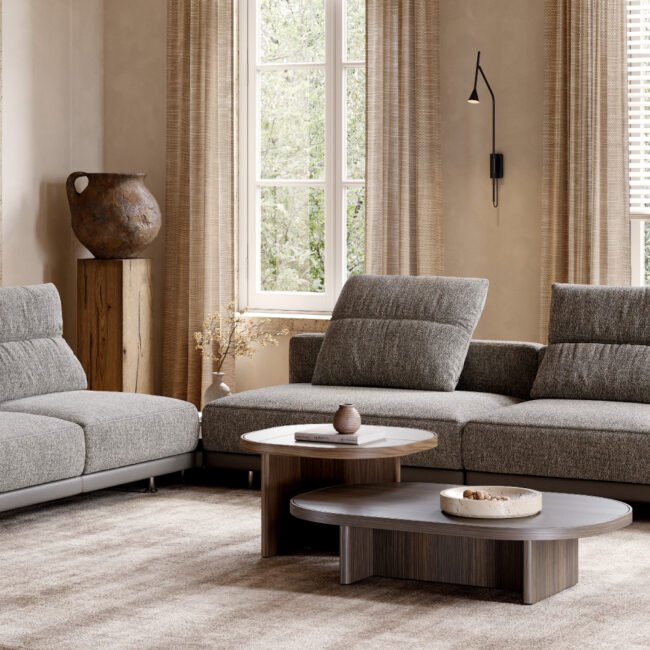


Laurent Modular Sofa
£4,464 – £24,321Price range: £4,464 through £24,321 Select options This product has multiple variants. The options may be chosen on the product page
Care, Maintenance & Longevity of Modular Furniture
Selecting and designing with modular furniture is just part of the process—keeping it looking great and functioning well over time is equally important. Let’s explore how to care for your modular furniture and ensure it delivers the long-term adaptability and value you expected.
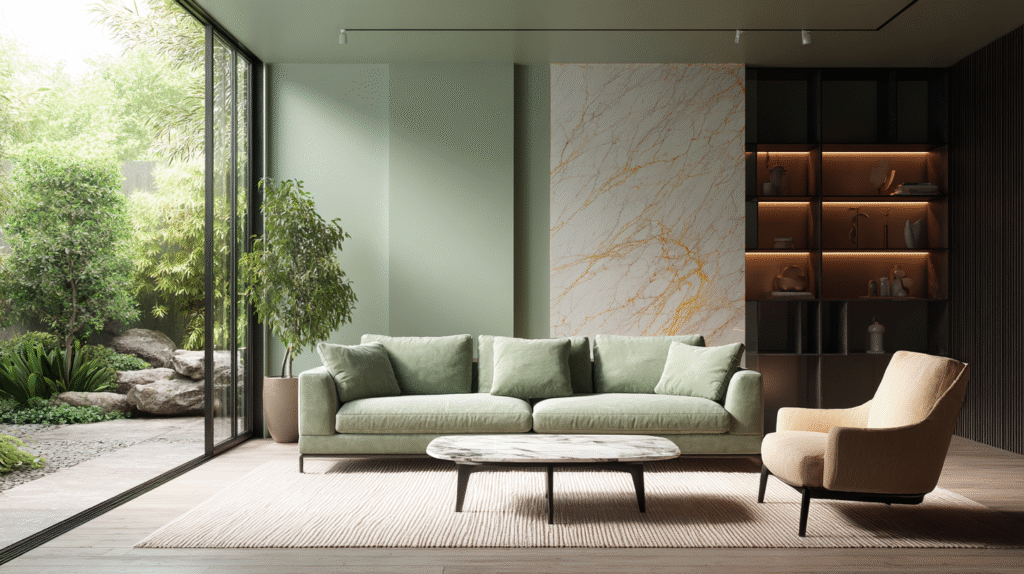
Regular Maintenance
Depending on the materials (wood, metal, upholstery), standard care practices apply: dust regularly, avoid prolonged exposure to direct sunlight or humidity, clean spills promptly. For modular furniture, special attention should be given to connectors, joints and module interfaces—they are the “moving parts” of the system. Ensuring these remain secure will help maintain stability.
Inspect & Re-tighten Modular Connections
Because modular furniture is designed to be rearranged, over time modules may shift, feet may wear, joints may loosen. Periodically check and tighten screws or connectors, ensure feet are level, and that modules sit flush. Some systems provide replacement parts—retaining brand information is wise.
Re-configure Rather Than Replace
One of the best ways to extend the life of your modular furniture is to reconfigure it when the layout or need changes, rather than discarding and replacing. Because modular furniture is designed for change, adapt it: add a module, switch orientation, convert a seating module into a storage module. This approach aligns with sustainability and the original design intention.
Move, Transport & Storage
If you move home or repurpose your space, modular furniture shines since you can disassemble modules to transport more easily. However, store modules properly when not in use: flat, protected from moisture, with connectors safely kept. This preserves your investment.
Assess Wear & Resale Value
If you anticipate selling or upgrading modules, choose modular furniture systems that retain brand support and spare parts availability. A modular furniture blog noted that some of the limitations include “hard to resell” if modules are too specialised. Choose systems with broad compatibility and modular add-ons, which improves longevity and resale value.
Refreshing the Look
After a few years, you may want to refresh your décor. With modular furniture, you might simply swap out cushion covers, panels, modules, or add a fresh module rather than replacing the whole piece. This flexibility is a major plus of modular furniture.
Final Thoughts on Care & Longevity
In summary:
Treat modular furniture like you would any good quality furniture but give special care to joints and modular connections.
Use its adaptability to keep it relevant rather than letting it become obsolete.
When moving or re-configuring, take advantage of the modular design rather than forcing components that don’t fit.
Choose systems that allow future expansion or replacement modules.
By looking after your modular furniture, you preserve its function, style and value—and that sets you up beautifully for our final subtopic: future-proofing your home with modular furniture.
Future-Proofing Your Home with Modular Furniture
As you look ahead in your life—career changes, moves, growing family, changing style—one of the biggest advantages of modular furniture is how it helps future-proof your home. This subtopic explores how you can leverage modular furniture to stay flexible, adapt over time, and avoid repeated major investment.
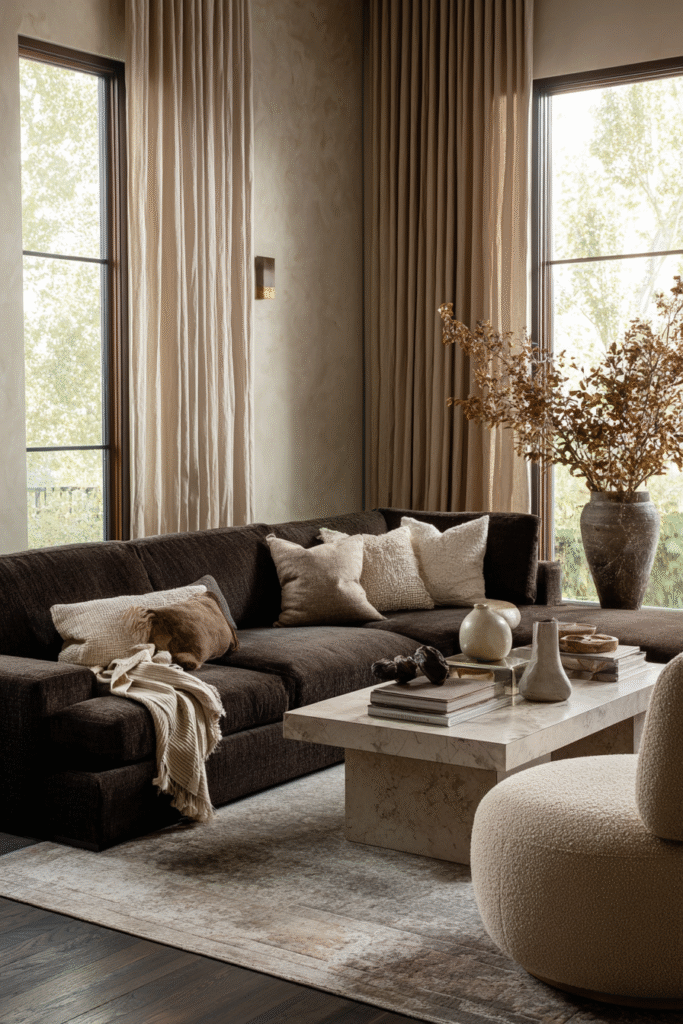
Adapt to Life Changes
Your life isn’t static—and neither should your furniture be. With modular furniture, if you move from an apartment to a larger home, you can add modules; if you downsize, you can remove or reconfigure. One article notes: “It’s one of the most versatile solutions for creating spaces that truly work for you… you can reimagine your existing modular pieces to suit your needs.”
Embrace Multi-Functionality
Modular furniture allows you to create multi-functional spaces: a living room that becomes a workspace, a guest area, or family entertainment zone. Because modules are reconfigurable, you can adapt the same footprint to different uses over time. This reduces the need for separate furniture sets for every scenario.
Expansion & Add-On Potential
A smart modular furniture system is one that lets you start lean and expand later. For example, a sofa built on a modular grid may start as a two-seater and grow into an L-shape as your household grows. This growth-friendly approach is a hallmark of modular furniture: “furniture pieces can be added or removed from existing modular pieces.”
Sustainable Upgrading Rather Than Complete Replacement
Instead of discarding an entire furniture set when you want to refresh or upgrade, you can simply swap modules, add finishes or reconfigure. This means less waste, less cost and more design agility. The sustainability benefits we touched upon earlier support this future-proofing mindset.
Staying on Trend Without Major Overhaul
Design trends change, but modular furniture can help you keep up without replacing everything. Change cushion covers, swap a panel, add a module in a new colour or orientation. Because you invested in flexible design, you won’t feel locked into a single look. This is a big plus for beginners who may not want to commit to one style for decades.
Final Considerations for Future-Proofing
Ensure your modular furniture system allows additions and removals—don’t buy “modular” that is actually fixed.
Choose high-quality modules so they can endure multiple re-configurations.
Keep documentation about your modules, brand and spare parts for future flexibility.
Think of modular furniture as an investment in adaptability, not just aesthetics.
By viewing modular furniture through the lens of future-proofing, you’re embracing design that grows with you rather than becoming obsolete. And that completes our journey through the six subtopics. Let’s wrap up.
The Final Piece: Why Modular Furniture Is the Smart Choice
Congratulations — you’re now equipped with a solid foundation in modular furniture: what it is, why it’s beneficial, how to choose it, how to design with it, how to care for it, and how to future-proof your space with it. For beginners in the interior design space—or simply anyone looking to create a home that adapts to life’s changes—modular furniture presents one of the most intelligent, flexible and stylish paths forward.
Instead of settling for fixed furniture that may become outdated or unsuited to your next move or life phase, modular furniture empowers you with choice, adaptability and longevity. It aligns with modern living: changing layouts, multi-use spaces, mobility, evolving styles. And it helps you invest wisely by reducing waste, increasing utility and keeping your design agile.
As you move forward with your interiors, remember these key takeaways: measure your space, think modules not monoliths; choose quality and compatibility; design with change in mind; maintain your system; and always consider how your furniture can grow with you. With the right modular furniture by your side, your home becomes a dynamic backdrop to your life—not a limiting one.
- Tags: Tips
What do you think?
Blog
Get fresh home inspiration and helpful tips from our interior designers

